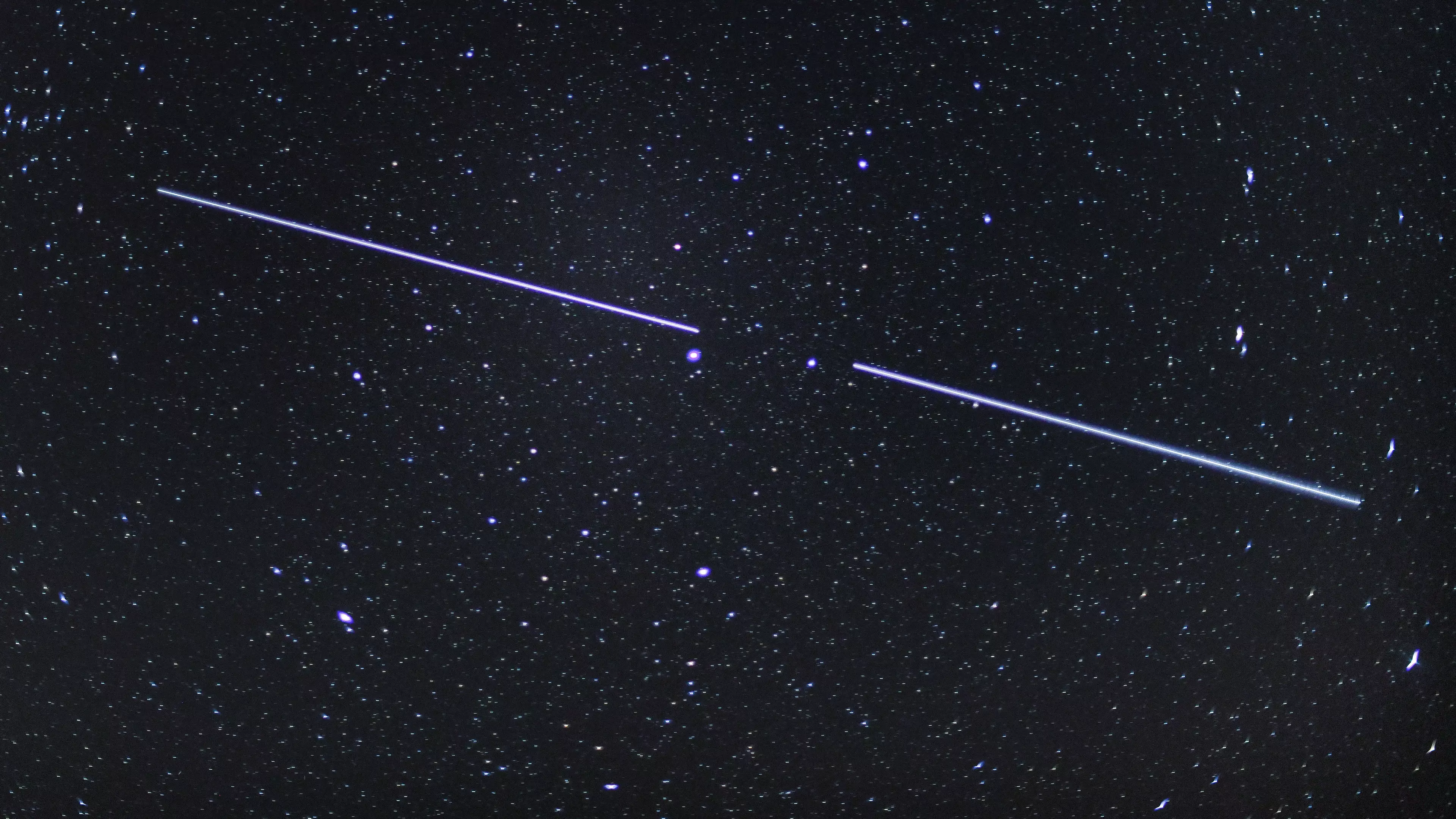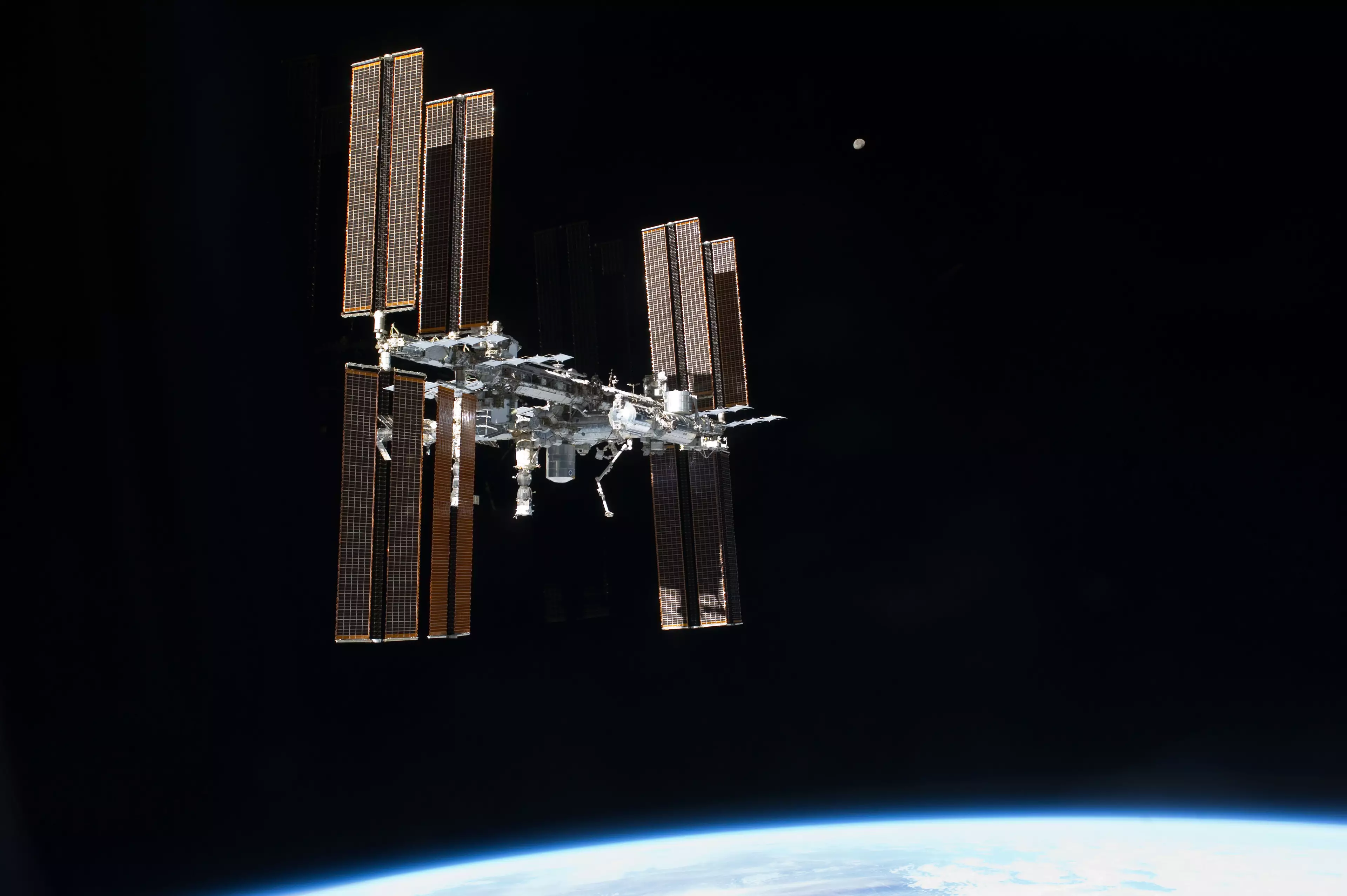
Two gigantic pieces of space junk came pretty damn close to colliding with each other, which could potentially have had some large-sized consequences for other stuff that's floating around up there that isn't junk.
So, in case you're unaware, there are a whole load of man-made objects floating about in orbit of our planet that simply have no use anymore.
They could be bits of old rockets, bits of satellite, but whatever they are, they're travelling incredibly fast.
Like, thousand of miles per hour fast.
Last night, at around 1.56am (UK time), two such objects made a pretty close pass of each other some 616 miles about the South Atlantic Ocean, not far from Antarctica.
Advert
Here's exactly how close that pass was, as predicted by the experts:
While it would have had no effect on us down here, it did have the astronomers wondering and worrying for a while.
That's because - as we've covered - they would have just created more objects up there to pose a threat to the non-junk that we've got floating around in orbit.
It's usually pretty expensive kit if it ends up being up there.
Anyway, the potential collision didn't happen, and tracking company LeoLabs confirmed that today.
The company tweeted: "No indication of collision. CZ-4C R/B passed over LeoLabs Kiwi Space Radar 10 minutes after TCA. Our data shows only a single object as we'd hoped, with no signs of debris. "
The two objects in question were a now-defunct Soviet satellite called Parus, and a piece of a Chinese rocket that was jettisoned after launch.
Between them, they weigh in at about 2,800 kilograms.
That's a collision that you're gonna know about. Particularly when you consider that they were coming towards each other at a speed of 32,900 miles per hour.
Told you they were going quickly.
A potential collision could have resulted in a 'significant' increase in low earth orbit space junk, according to Jonathan McDowell from the Centre for Astrophysics.
So, even though we wouldn't have been bothered down here, it could have hit other satellites or even the International Space Station.

NASA explains: "Most 'space junk' is moving very fast and can reach speeds of 18,000 miles per hour, almost seven times faster than a bullet.
"Due to the rate of speed and volume of debris in LEO, current and future space-based services, explorations, and operations pose a safety risk to people and property in space and on Earth."
If they had have collided, the amount of debris could have been large. In 2009, a communications satellite collided with another defunct Russian satellite, resulting in 1,800 pieces of debris.
Basically, it's worth avoiding these sorts of events.
Featured Image Credit: PATopics: World News, Interesting, Technology, space